Search
International team identifies potential therapeutic target for sepsis: Newsroom, UT Southwestern, Dallas, Texas
https://www.utsouthwestern.edu/newsroom/articles/year-2019/sepsis.html
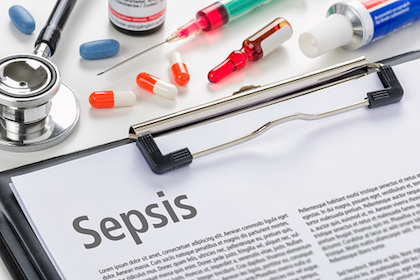
Researchers and collaborators made a key discovery regarding cellular processes that block pathways in immune cells that lead to sepsis.
$18.4 million in state funding to enhance Simmons Cancer Center research: Newsroom - UT Southwestern, Dallas, Texas
https://www.utsouthwestern.edu/newsroom/articles/year-2019/cprit.html
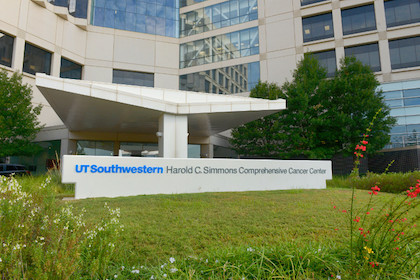
The Cancer Prevention and Research Institute of Texas (CPRIT) has awarded UT Southwestern Medical Center more than $18.4 million for cancer research and faculty recruitment.
Study: Optimal combination of chest compression frequency and depth for CPR identified: Newsroom - UT Southwestern, Dallas, TX
https://www.utsouthwestern.edu/newsroom/articles/year-2019/cpr.html

An international research consortium including UT Southwestern Emergency Medicine faculty was able to identify what is likely an optimal combination of chest compression frequency and depth when performing CPR.
Time for a talk about vaping?: Newsroom, UT Southwestern, Dallas, Texas
https://www.utsouthwestern.edu/newsroom/articles/year-2019/vaping.html

With new findings that show an unprecedented jump in nicotine-containing electronic cigarette usage among teens, many parents wonder how best to approach the topic.
Targeting Nsp1 protein could be a pathway for COVID-19 therapy : Newsroom - UT Southwestern, Dallas, Texas
https://www.utsouthwestern.edu/newsroom/articles/year-2021/targeting-nsp1-protein.html

A study that identifies how a coronavirus protein called Nsp1 blocks the activity of genes that promote viral replication provides hope for new COVID-19 treatments.
Headaches are vastly undertreated among racial and socioeconomic groups: Newsroom - UT Southwestern, Dallas, Texas
https://www.utsouthwestern.edu/newsroom/articles/year-2021/headaches.html

UTSW research finds significant disparities exist in diagnosing and treating headaches by race, socioeconomic level, and insurance status.
UT Southwestern announces open enrollment for at-home COLCORONA clinical trial: Newsroom - UT Southwestern, Dallas, Texas
https://www.utsouthwestern.edu/newsroom/articles/year-2020/colcorona.html
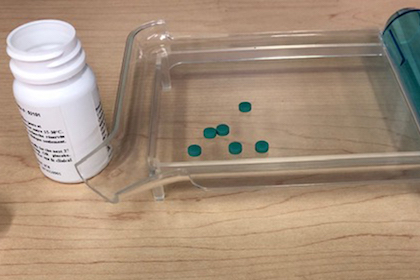
UT Southwestern Medical Center is the first facility in Dallas and the surrounding region to participate in the international COLCORONA trial.
UTSW physician volunteering at Tokyo Olympics: Newsroom - UT Southwestern, Dallas, Texas
https://www.utsouthwestern.edu/newsroom/articles/year-2021/olympics.html

Dr. Stephanie Tow, M.D., completed her first week of providing volunteer care at the Tokyo 2020 Olympics.
Children’s Research Institute scientists uncover unique pathway tumors use to acquire antioxidant lipids: Newsroom - UT Southwestern, Dallas, Texas
https://www.utsouthwestern.edu/newsroom/articles/year-2025/june-cri-utsw-pathway-tumors-antioxidant-lipids.html
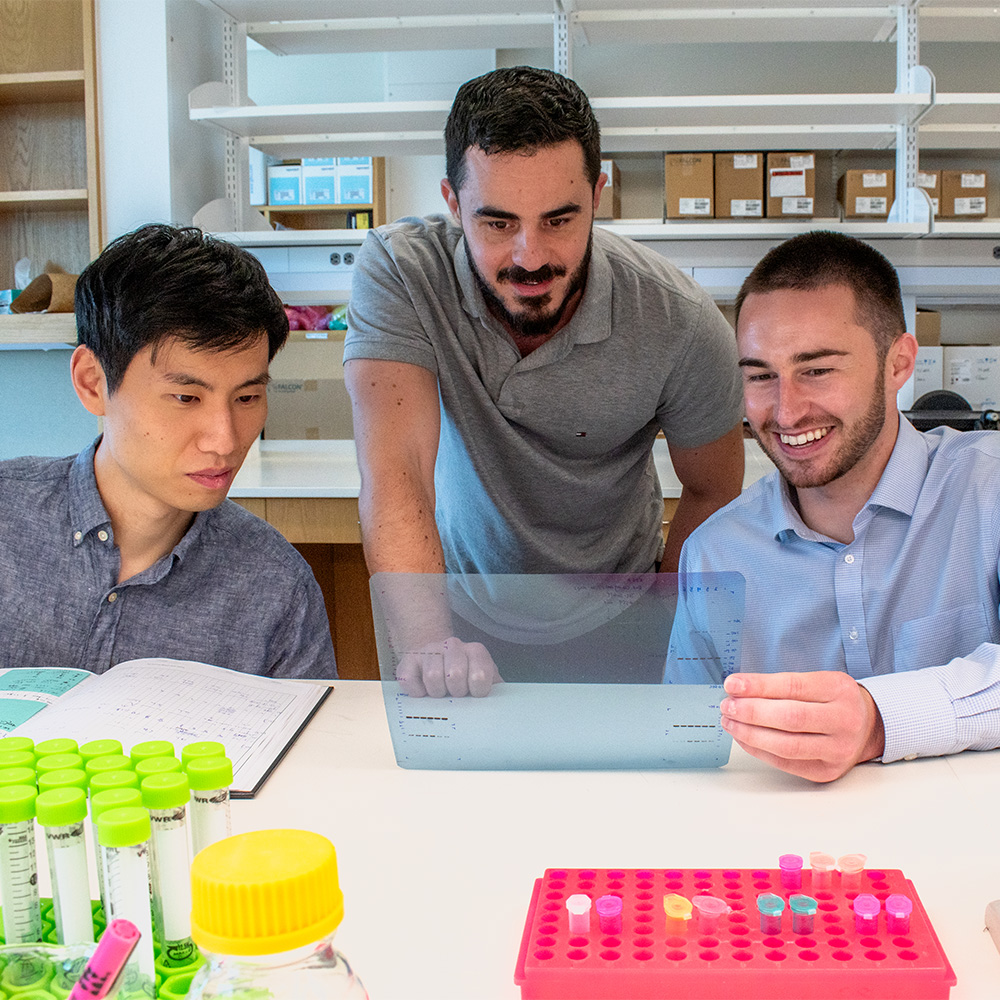
Scientists have discovered tumors can tap a nontraditional pathway to acquire lipoproteins – molecules that transport fat in blood – which enriches cancer cells with an antioxidant shield to survive stress, according to new research from Children’s Medical Center Research Institute at UT
Artificial intelligence predicts kidney cancer therapy response: Newsroom - UT Southwestern, Dallas, Texas
https://www.utsouthwestern.edu/newsroom/articles/year-2025/april-ai-kidney-cancer-therapy.html
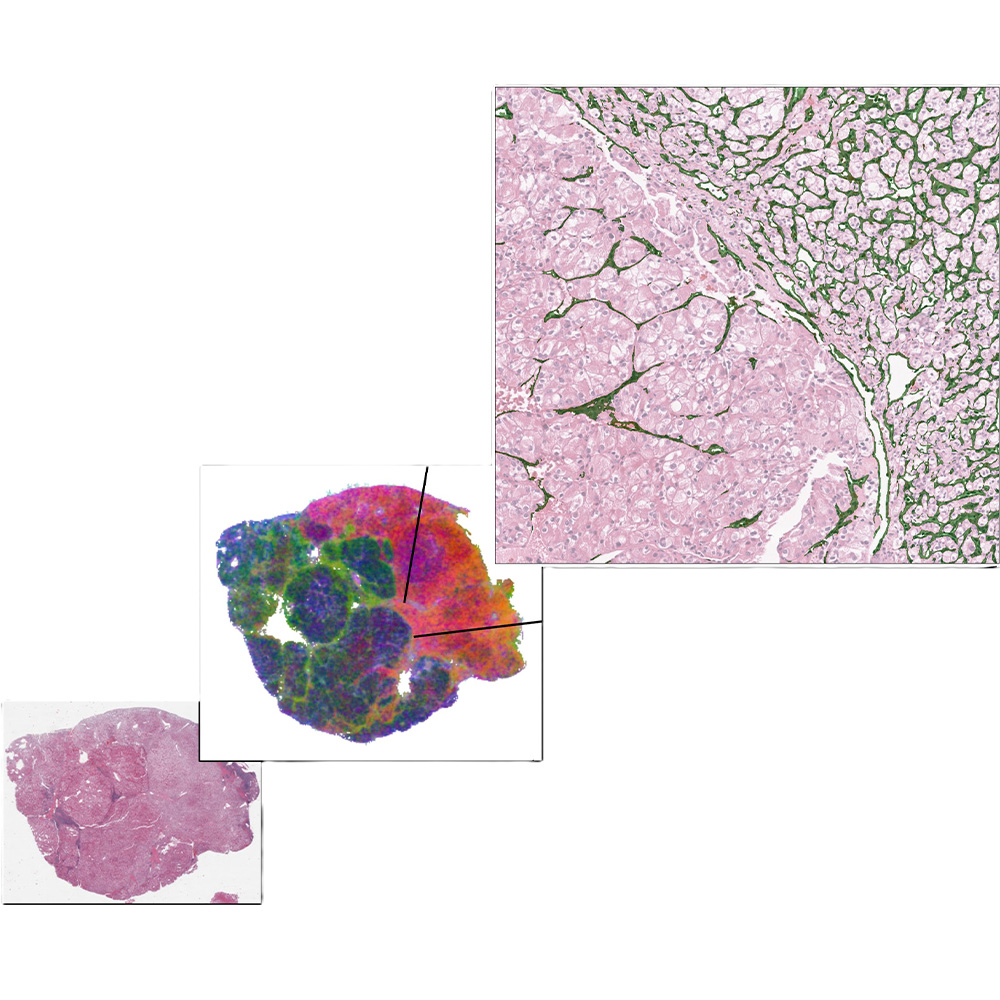
An artificial intelligence (AI)-based model developed by UT Southwestern Medical Center researchers can accurately predict which kidney cancer patients will benefit from anti-angiogenic therapy, a class of treatments that’s only effective in some cases.
